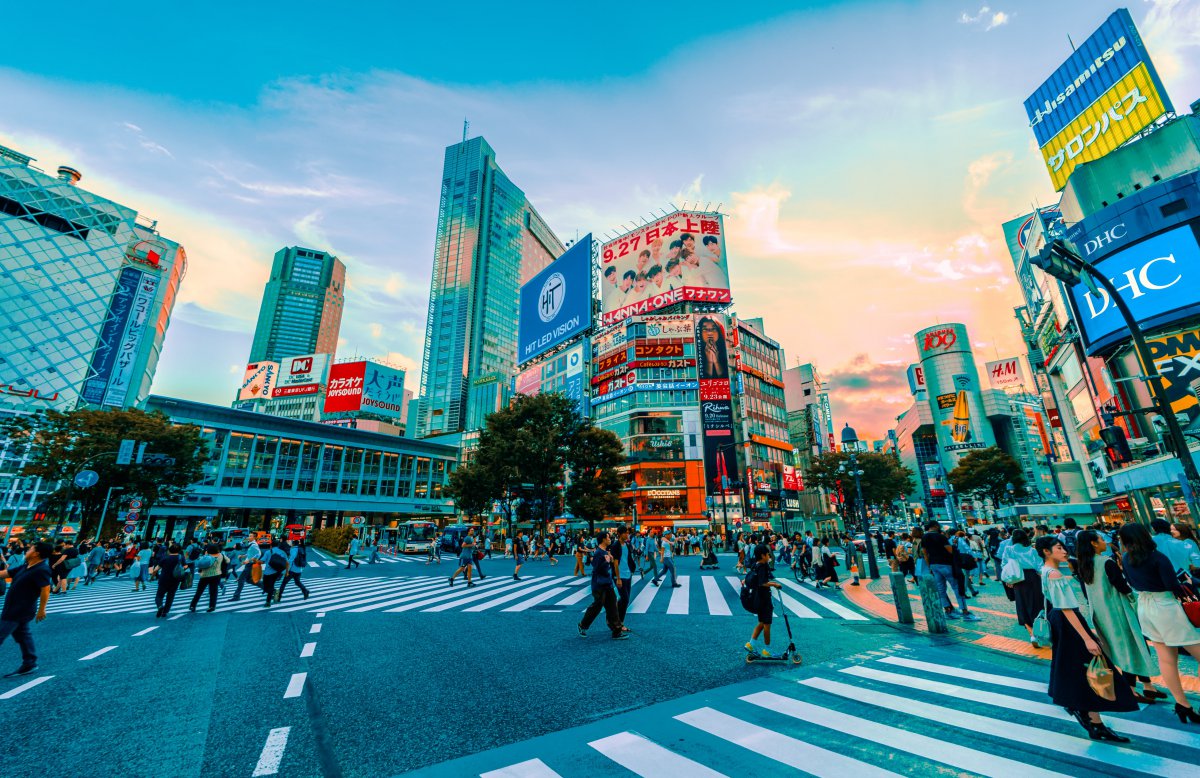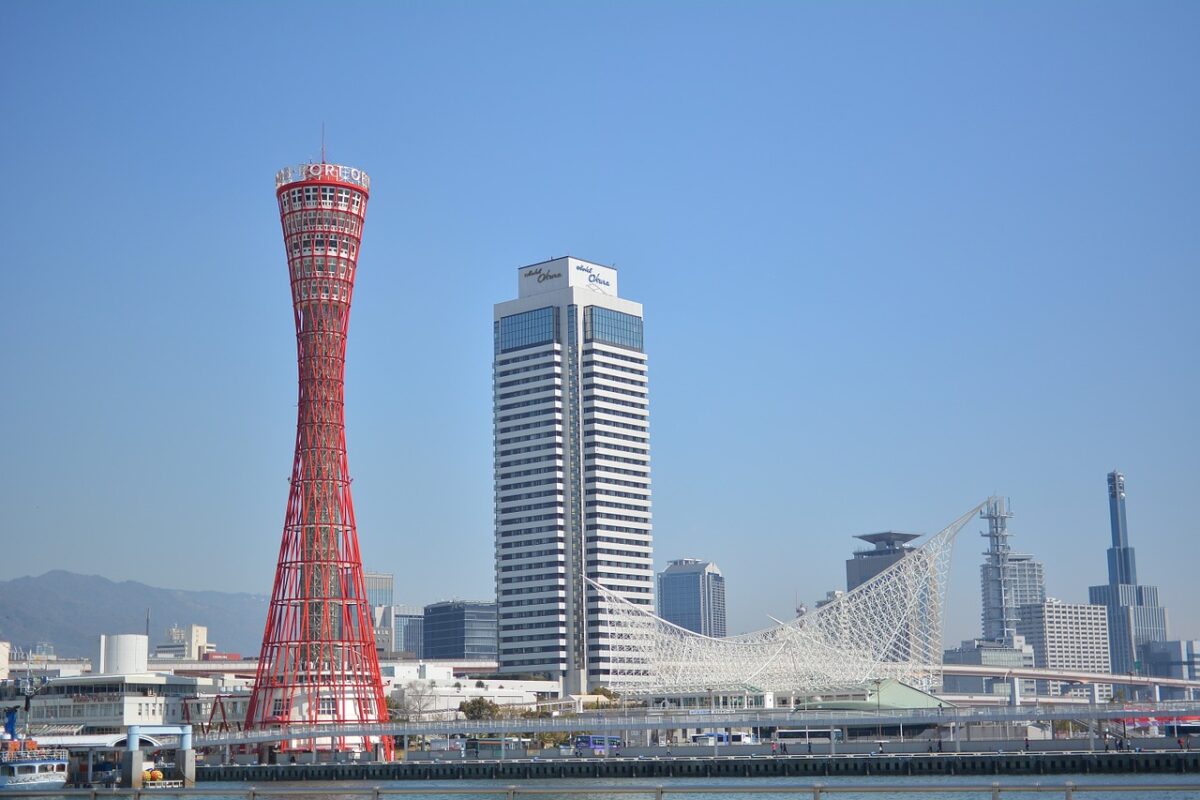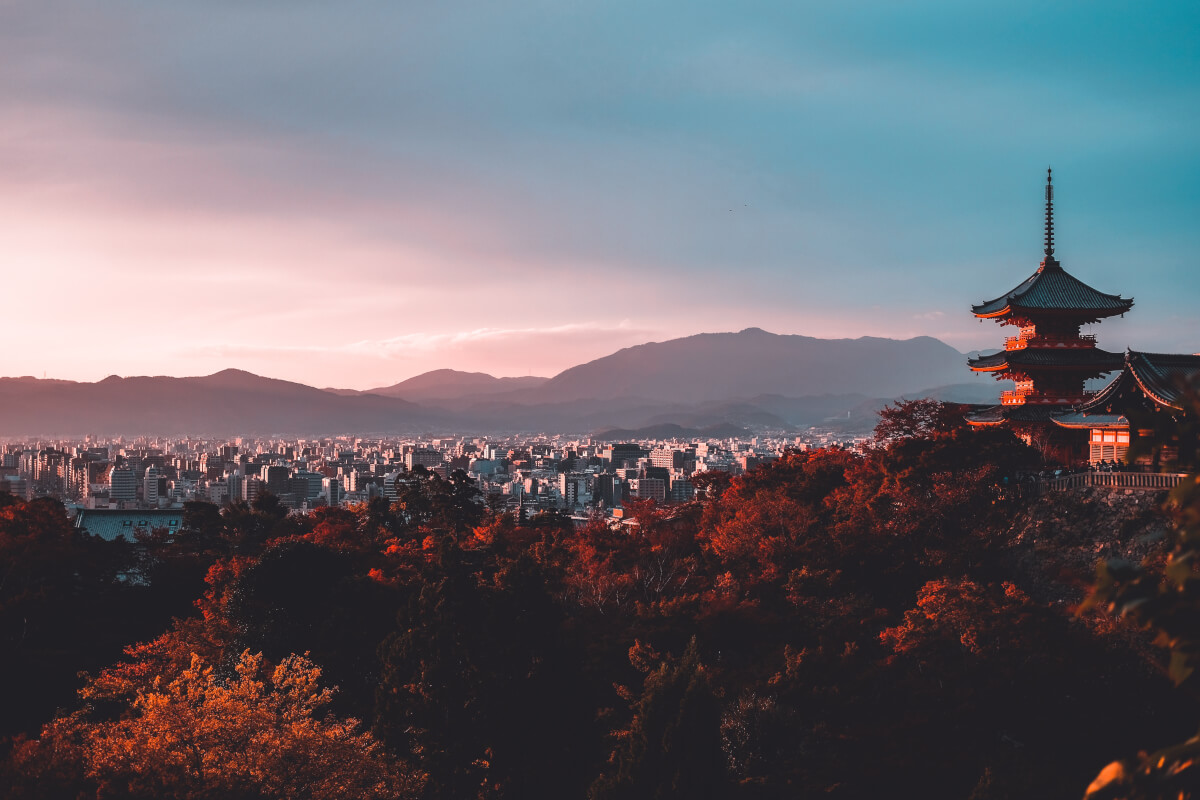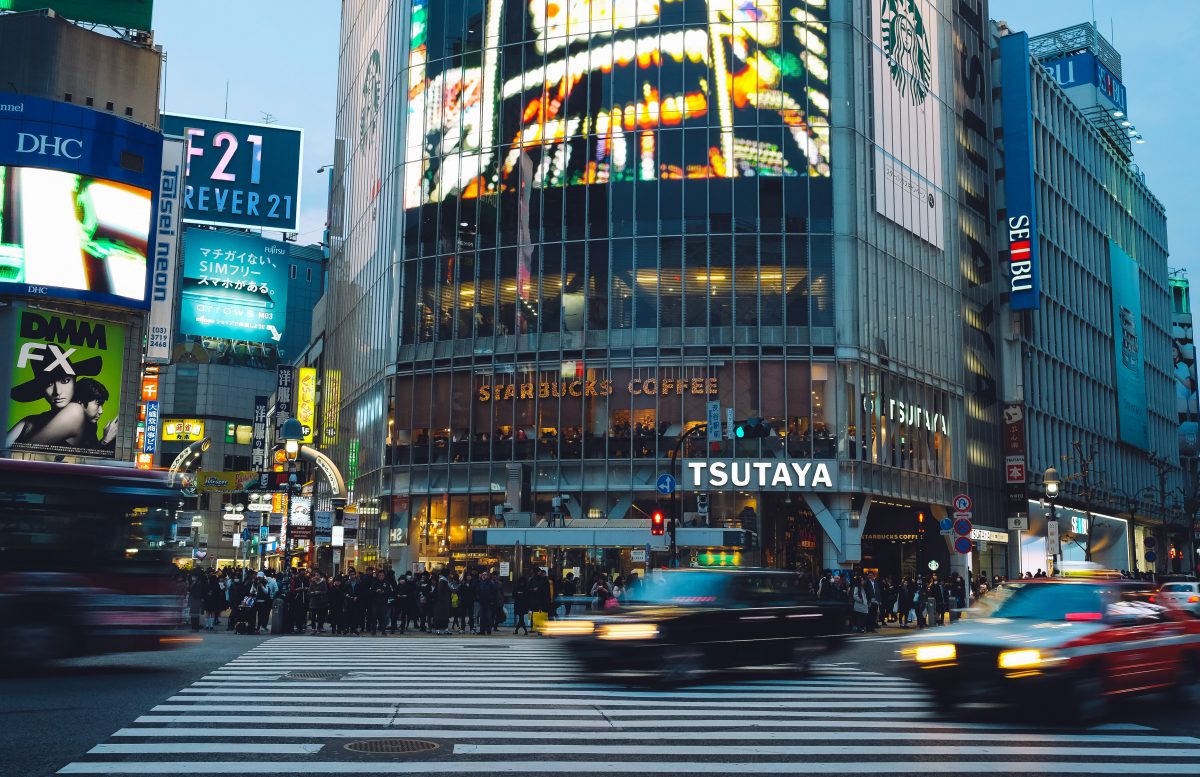
Stefanie Akkerman moved from the Netherlands to Japan in 2013 with her Japanese husband and son. She jumped into the niche of Dutch tour guiding in Tokyo and Kamakura in 2015 and occasionally writes articles about all the great sights and activities Japan has to offer. She loves (Japanese) food, and to work that all off she goes diving, snorkeling, cycling, or hiking.
This post may contain some affiliate links. When you click through and make a purchase we may receive some commission, at no extra costs to you.
Tourists to Japan have exclusive access to one thing that many residents of Japan are envious of: the JR pass. This special train pass gives you the privilege of using almost all JR trains, including the famous Shinkansen, in the whole of Japan. And Japan is large, the main island Honshu stretches almost 1300 km from north to south, and then there are the 3 other larger islands that are also worth discovering. As each region has its own (tourist) attractions and must visit, it is interesting to see different parts of Japan while you are here. What better way to traverse the country than by (bullet) train, this way you can enjoy your surroundings while riding the comfortable trains. Let us introduce the wonderful places to visit with the JR Pass and give you some advice on how to best use the JR Pass!
The Japan Rail Pass
The Japan Rail Pass is a transportation pass, available to international tourists that will help you save money on transportation costs. If you are wondering whether it is worth buying this all-you-can-ride train pass, the answer is almost always yes. The rule of thumb is when traveling between 2 of the bigger cities in a week or 3/4 in 14 days or more, you will be better off getting the JR Pass. For example, if you do one return trip Tokyo-Kyoto, you will already spend more than if you would have bought a one-week JR pass. You can choose a validity of 1 week, 2 weeks, or 3 weeks, depending on your travel plans.
You can take almost every Shinkansen and JR trains, but there are a few exceptions like the fastest train in Japan (Nozomi shinkansen) and other special express trains. But JR’s network is extensive enough to still be able to travel everywhere safely, smoothly, and quickly. You can also travel on the JR busses and even board the JR ferry to Miyajima.

The easiest thing to do is to buy the JR Pass before you go to Japan. This way, you will be able to receive the voucher beforehand and exchange it for a pass at the airport. You can either use the pass right away to get to your hotel, or you can activate it at a later date if that makes more sense with your itinerary.
If you only make long-distance trips a few times, it is best to let those fall within the validity of your JR Pass as that’s where you will save the most money. You can also use the pass for traveling within cities like Tokyo and Osaka, but this will only save you around 1,000 yen per day. It is the intercity trips where using the JR Pass will really pays off.
Let’s have a look at the most popular cities to travel to using your JR Pass!
Most popular destinations to travel by shinkansen
1. Kyoto

Just like Tokyo, Kyoto simply has to be on your Japan itinerary. This is the country’s former capital, and because it was spared in WW2 there are so many cultural treasures to see here. Some of Japan’s most famous sights are located in Kyoto: the Golden Pavilion, the bamboo forest of Arashiyama, and the many red torii gates of Fushimi Inari Taisha, just to name a few. Gion is also a travelers’ favorite, as this is the attractive neighborhood where geiko (Kyoto’s geisha) go to work in the teahouses. Kyoto is beautiful all year round, but especially popular for koyo viewing in autumn, when the red, yellow and orange leaves festively decorate the beautiful city.
Kyoto is also known for its traditional cuisine, the most exquisite being kaiseki. This is a multiple course meal during which you get to taste the freshest seasonal produce that’s beautifully presented to you. And while some parts of the city can get crowded with tourists, there are many not-discovered beautiful spots in the city as well. If you are interested in seeing the best highlights and also some of the more quiet parts of town, hiring a local private guide to discover the secret of Kyoto is a great way to do that.
2. Tokyo


Of course, a trip to Japan isn’t complete without a stay in its capital city Tokyo. Usually, travelers will arrive here or leave from here, so it is easy to incorporate Tokyo in your itinerary. Once there, it is hard to choose where to start! There are so many amazing highlights to visit as well as interesting areas to discover. It is highly recommended to do a private tour here, as the guide will know exactly where to go to show you what you are interested in.
Some of Tokyo’s most popular destinations are Asakusa with the impressive Sensoji Temple, the Meiji Shrine, Shibuya with the famous scramble crossing, shopping in Ginza, and fashionable Harajuku. If you want to go a bit more off-the-beaten-path, you should try neighborhoods Ningyocho, Shimokitazawa, or Yanaka. As you see, there’s plenty to experience in Tokyo!
3. Kanazawa


Historical Kanazawa only became connected to the shinkansen network in 2015, which means it’s only started receiving larger numbers of tourists recently. This makes it a ‘quieter version of Kyoto’, but it is not just that, Kanazawa has unique attractions in its own right. If you’re only here for a short time, doing a private tour is a great way to see all the best the city has to offer.
The Kenrokuen garden is Kanazawa’s most famous attraction, being one of Japan’s 3 most beautiful landscape gardens. We also love the Higashi Chaya district where even nowadays geisha still work in the teahouses and the original cityscape is well-preserved. You also want to put Nagamachi on your itinerary, as this is the city’s picturesque samurai district. And are you a foodie? The Omicho market offers amazingly fresh and delicious seafood that you can’t miss.
▼ This is also a perfect location to try on kimono and embrace the traditional Japanese culture. Check it out!
4. Nara

Before Kyoto was the capital of Japan, Nara was the seat of power for 84 years. This was in the 8th century, but there are still many historical treasures in the city that remind us of that period. You can see the oldest wooden building in the world at the Horyu-ji temple, which was last rebuilt more than 1300 years ago. The Todaiji temple is Nara’s most famous landmark, housing one of the largest bronze Buddha statues in Japan in one of the world’s largest wooden buildings.
Nara is also known for the many cute free-roaming deer in Nara Park, which are very happy to be fed one of the deer crackers that you can buy everywhere here. You can also make a stop in Uji on the way to Nara, a small town that is mainly known for its green tea production. Tea workshops provide a hands-on experience, and the townscape is very photogenic. If you want to make the most out of your day trip to Nara, we have a great private walking tour from Kyoto to Nara during which you will see all the best spots in the historical city.
5. Osaka

Besides Tokyo, Osaka is also often an (air)port of entry or exit of Japan. One of the main reasons to spend at least 1 night in this bustling city that is also dubbed ‘Japan’s Kitchen’ is to enjoy the amazing local cuisine. If you like eating your way through a city, Osaka is just the place to do that. Areas like Dotonbori and the Kuromon market are perfect for discovering just what Osaka is all about. Delicacies like takoyaki, okonomiyaki, yakitori, kushikatsu, Japanese pickles, and all kinds of noodles are all competing for your attention in these foodie heavens.
One of the best ways to enjoy Osaka’s food culture is by doing a food tour with a knowledgeable local guide. You’d almost forget that there are other attractions besides the food such as Osaka Castle and theme park Universal Studios Japan.
6. Kobe

You will probably know Kobe for the wagyu beef from this area, which is considered one of the best types of beef from Japan. But did you know that it is also a very fun and cosmopolitan city? Because of the international trade at its large port, Kobe has been a foreign-influenced city for more than 170 years, giving it a unique atmosphere.
One of Kobe’s main attractions is its Chinatown where you can eat delicious and authentic Chinese food and enjoy the special atmosphere. In Kitano-cho you can see original Western-style buildings from the late 19th century that were built for the first western people that came here after Japan’s re-opening. Those who want to learn more about sake, shouldn’t skip the Nada Sake District where you can visit a brewery. With our customizable Kobe private tour, you can be sure that you will spend your day well.
7. Himeji
Between Kyoto and Hiroshima you will find one of Japan’s most beautiful original castles, Himeji Castle. While many castles are replicas, Himeji Castle dates back to the early Edo Period and was built by warlords from Japan’s feudal past.
The castle’s keep has a white exterior, and if you come during the blooming period of Japan’s cherry blossoms, you will be treated to the impressive view of the white castle surrounded by pink blossoms. You can easily spot the majestic castle, towering proudly above the cityscape, from your Shinkansen seat. Anyone who is interested in Japanese history and architecture will love Himeji Castle, so make sure to squeeze in a half day for a visit! From the station to the castle takes about 20 min on foot.

8. Hiroshima/Miyajima

Located on the very westernmost side of Honshu is Hiroshima. Almost everyone knows Hiroshima as the city that was destroyed by the first atomic bomb that was ever dropped on a city. This tragic history is still visible in parts of the city, and the Atomic Bomb Dome, the Peace Memorial Park, and the museum are must-visits for first-timers in Hiroshima. But there is more to the city than its history, as there is a magnificent landscape garden, a castle, and the original okonomiyaki can be enjoyed in a street dedicated to the delectable dish.
One of the other major tourist attractions in Hiroshima is Miyajima, with its famous torii gate seemingly floating in the ocean. The island where the actual shrine is situated can be visited by ferry, for which you can use the JR Pass as well. On the island you will not only see the shrine, but there is also a cute small village street, free-roaming deer, and a short hike up Mt. Misen. For Hiroshima and Miyajima we also offer a guided tour during which you can see all the highlights of the area.
Book your JR Pass
There are several JR Pass available for international tourists and expats!
- JR EAST PASS (Tohoku area) – 5-Day Pass [For Tourists & Expats]
- JR EAST PASS (Nagano, Niigata area) — 5-Day Pass [For Tourists & Expats]
- JR-WEST All Area Pass 7 Day E-Voucher [For Overseas Visitors Only]
- [For Overseas Visitors Only] JR All Shikoku Rail Pass E-Tickets
See Japan’s best destinations with JR Pass
As you can see, with the JR pass you can really visit a variety of cities. These are only some of the most popular places to visit in Japan, and there are many, many more places to see in Japan. Your experience of Japan will be very balanced and interesting every day. For some more detailed travel plans check out our ready to use itineraries:
- two weeks highlights of Japan
- 10 days itinerary Kyushu
- 1 week itinerary Tohoku
- 3 days itinerary Kanazawa, Shirakawago and Takayama
- 10 days itinerary for families
With the Japan Rail Pass you can easily travel between the highlights of Japan and you don’t need to worry about how much you travel and buy separate tickets for each ride. And let’s also not forget to mention how incredibly smooth and comfortable travel is with the Japanese train system; trains ride on time, most stations have good bilingual signage (Japanese and English), and the trains are so very clean. Your trip will be convenient and exciting with the JR Pass!
Follow us on Instagram, Facebook and Twitter for more travel inspiration. Or tag us to get featured!
Happy travelling!




